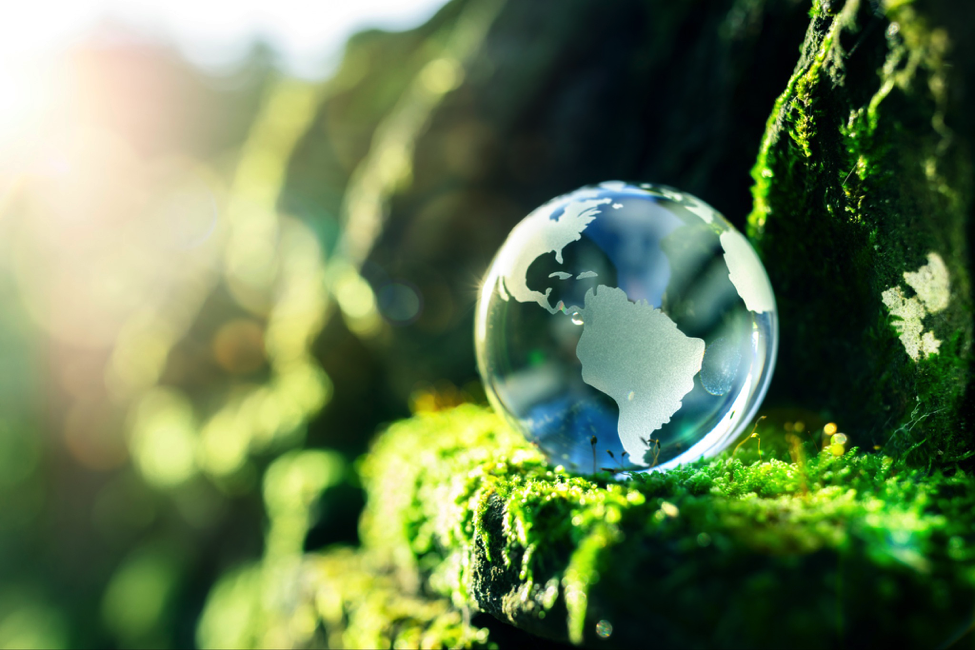
Prompt Images
Hey, United States! Time to step up your game! For a global intellectual and economic powerhouse, you’re way behind with sustainability. Your GDP growth may be the envy of other nations worldwide, but your planning for a sustainable future earns a C+ at best.
Growth is desirable, but growth needs to be smart, since it requires resources as fuel.
And you’ve been burning through natural and manmade resources at an unsustainable rate. (Not smart.) When it all runs out, what will you do? Not to mention, how can you be so selfish as to fail to plan for the future?
Let’s make this right. Lucky for you, other countries (and a few underfunded American agencies) have been busy brainstorming innovations to carry the world and the American economy into a sustainable future. A lot of the work has already been planned out. And it turns out, a lot of this work is financially feasible, despite your frequent protests to the contrary.
So, what are you waiting for?
Europe, and the Netherlands in particular, have committed to planning a sustainable future. In 2016, the Netherlands implemented a national strategy to convert to a circular economy, with the goal of being completely waste-free by 2050.
The United States, by contrast, runs on a linear economy: Take, Make, Dispose.
We take raw materials, we turn them into products, and we throw these products away when they have fulfilled their useful life. Our current recycling model is not even close to adequately rescuing our spent raw materials; according to the EPA, the United States only recycled 32.1 percent of its solid waste in 2018.
So how do we convert from a linear to a circular economy, and what exactly does a “circular economy” mean?
Essentially, it means no resources should be wasted. Products, when they have fulfilled their current life, should be renewed into resources for future products rather than thrown away. In a circular system, the Dispose step (the endpoint of a linear system) instead becomes Input, a transformational step: turning used material into raw material for the next creation. In other words, waste becomes capital, or a new resource, with the goal of no resources being lost. The cycle closes, becoming self-sustaining.
We need to redesign our current operational system, and commit to a new one. In order to do this, we need to first change our thinking, and then change our behavior accordingly.
To realign our thinking for a sustainable world, we need to focus on:
Information Transparency.
Manufacturers need to be more open about their production processes. This will allow for other producers to take advantage of by-products and waste. For example, if one company’s by-product of the manufacturing process is gypsum, instead of discarding the gypsum, they could instead turn around and sell that gypsum to a wallboard manufacturer, who uses gypsum as a raw material. Economies like this would enable manufacturers to profit from what was previously a wasted resource. And recovered capital would help fund the process!
Consumerism.
We need to look at consumption in an entirely different way. For example, instead of purchasing one-time products from a manufacturer, consumers could instead purchase a subscription service. If you need a new cell phone, for instance, you purchase the phone as a subscription from the manufacturer. When the phone needs to be replaced, this becomes part of your contract with the manufacturer: they take the old phone back, recycle it, and provide you with a new phone. In essence, you are renting the phone from the manufacturer rather than owning it. The product becomes a service, and the onus on recycling is shifted to the manufacturer, where it can be better overseen, streamlined, and incentivized by the government.
Education and Awareness.
In order to create buy-in from the consumer as well as the corporate sector, we must educate both on the state of the current linear economy, the need for change in order to fuel future growth, and possible methods of change that would be most efficient and profitable for each. Without buy-in, there can be no real change.
To realign our behavior for a sustainable world, we need to focus on:
Design.
Redesign current products to be easily broken down into components at the end of their useful life. We are beginning to see some of this happening already with sustainable packaging as well as recycling precious metals and components from technological products.
Material Innovation.
If we focus on researching and developing sustainable materials, we will better support the redesign process, and save money. Research money up front pays off with future economies in the manufacturing process.
Extend product life.
With the onus of recycling shifting from the consumer to the manufacturer, motivation will shift to creating products with a longer usable life, as longer life results in greater profit for the manufacturer.
Turning waste into a resource.
With greater manufacturing transparency (see above) as well as increased communication between government and manufacturers, incentives to rescue by-products and turn them into profitable input will be increased. When byproducts and waste become a source of profit rather than expense, our previous ways of functioning shift as a foundation is laid for a more sustainable and circular economy.
Can we do this? Absolutely! Other countries have already begun to adopt these principles and put them into action. The United States needs to stop making excuses, and start to act. Recycling is by no means the antithesis to growth. Rather, when the manufacturing and consumption processes are realigned symbiotically, resources are much more easily replenished and growth is free to accelerate sustainably. And thus our future looks brighter, indeed.
So—let’s go, United States! Time to get off the sidelines, and into the action.



